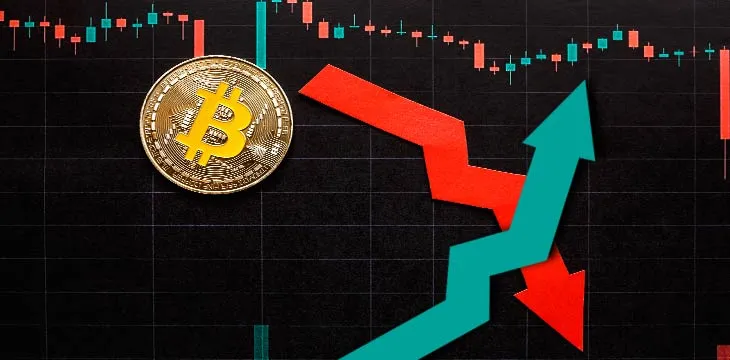|
Getting your Trinity Audio player ready...
|
While the cryptocurrency markets are worth hundreds of billions of dollars, the truth is that it could be worth a lot more. For context, consider that the gold markets have a market capitalization in the trillions. The catalyst for more liquidity and volume in cryptocurrency markets will be when there is increased mass adoption, and cryptocurrency is used in everyday purchases. For some, the markets still have yet to prove themselves as “legitimate,” in some aspect or another. Either way, a recent report suggests that a lot of the volume in the cryptocurrency markets is actually artificial.
Crypto Integrity, as the name might suggest, is a project whose aim is to detect fraud within the cryptocurrency markets. A report was recently released that suggests that almost 90% of all cryptocurrency volume in February 2019 wasn’t “real,” and this included volume at some of the most well-known cryptocurrency exchanges in the world. Some of the exchanges that were evaluated included OKEx, Huobi Global, Coinbene, HitBTC, CoinTiger, and more.
While some might attempt to downplay the report, others would consider this quite the red flag. There are those that are of the opinion that trading volume is indicative of real demand and supply, and that if the volume isn’t real, it isn’t representative of the actual value of the cryptocurrencies involved.
While the cryptocurrency exchanges are notable and listed on Coinmarketcap—it should be noted that this doesn’t necessarily mean that the cryptocurrency markets are doomed by any means. Binance, considered to be the world’s largest cryptocurrency exchange, was not included in the report, for example. In addition, this isn’t actually information that is necessarily groundbreaking, as it has been known for some time now that “wash trading” is necessary for a large percentage of volume in the cryptocurrency markets.
Of course, this certainly isn’t good news, but many believe that these exchanges will eventually be weeded out. Chinthan Sheth, a quantitative and crypto researcher at SeedCX, pointed out that it is likely that exchanges are concerned about the lack of volume, and are resorting to desperate measures. He told The Block: “It’s only a matter of time where they can’t keep up with expenses and they fold over, eventually you’ll have just actual flow.”

 09-16-2025
09-16-2025 





